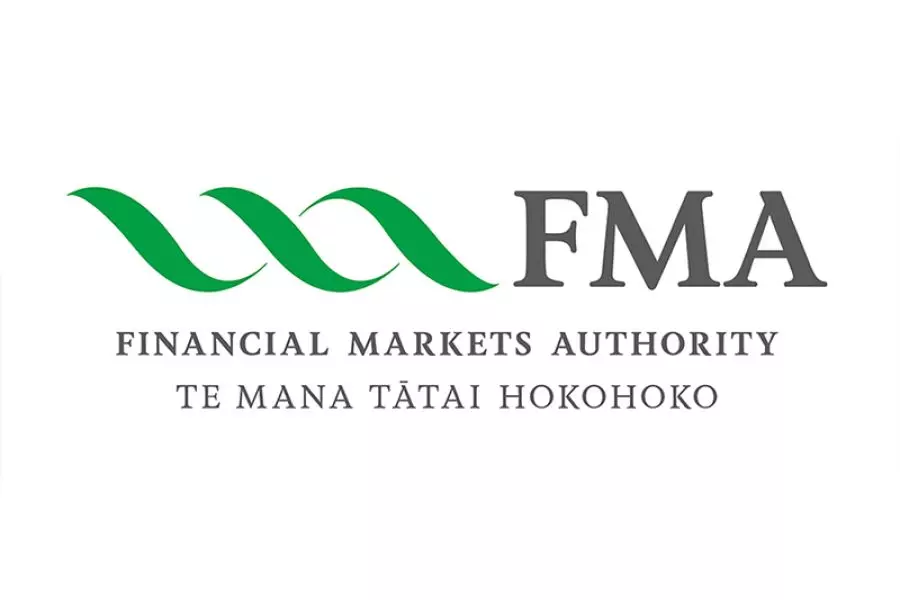News
Regional markets step up the pace

Friday 14th of June 2019
Around New Zealand house prices rose by 3.2% year-on-year to an average median price of $578,000 in May, as compared to $560,000 in May 2018.
While Auckland saw 1.2% annual price growth, which took the region’s median price to $860,000, it was regional markets that were driving the growth.
Eleven out of 16 regions saw strong price growth with Southland (up 16.7%), Manawatu...
Want to read the full article?
Click the button below to subscribe and will have unlimited access to full article and all other articles on the site.









![[The Wrap] Bye Bye Bayly](https://goodreturns.publit.io/file/c_fill,w_900,h_600/39f23ac1-f7c7-4854-b700-a150004ebbac.webp)